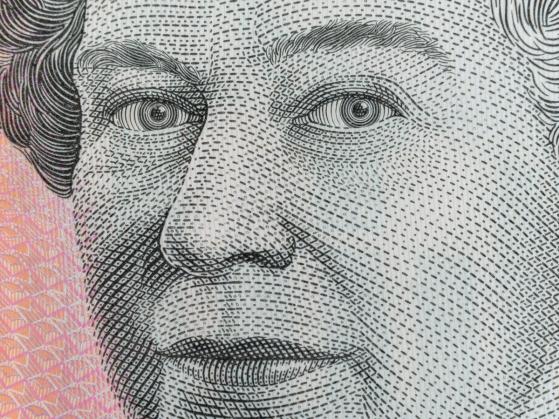ExchangeRates.org.uk - With an absence of shocks, currency markets were held in tight ranges ahead of Friday’s jobs report. The Pound to Euro (GBP/EUR) exchange rate recovered from intra-day lows with a net retreat to 1.1745 while the Pound to Dollar (GBP/USD) exchange rate edged higher to 1.2790. The pairs were held below key levels of 1.1765 and 1.2820 respectively. The ECB policy decision was in line with consensus forecasts while the central bank still uneasy over inflation developments.
The latest US data again suggested that the US labour market was softening. According to Scotiabank; “the USD does remain prone to softness on disappointing fundamentals, I believe. And the DXY is not shaking off its negative technical undertone after falling below major trend support earlier this week which potentially signals more softness (perhaps a drop of 2-2.5%) ahead.”
The ECB cut all interest rates by 25 basis points with the main refi rate lowered to 4.25%. There were very strong market expectations that rates would be cut at this meeting, the first reduction since 2019. According to the statement; “it is now appropriate to moderate the degree of monetary policy restriction after nine months of holding rates steady.” It added; “At the same time, despite the progress over recent quarters, domestic price pressures remain strong as wage growth is elevated, and inflation is likely to stay above target well into next year.”
The inflation rate is forecast at 2.8% for this year and the 2025 forecast was raised to 2.2% from the previous forecast of 2.0% before a retreat to 1.9% for 2026. The bank noted that it will remain a data-dependent approach and will keep policy rates sufficiently restrictive for as long as necessary to achieve the 2% inflation target. ING commented; “Not only is it one of the very few times that the ECB makes a turn on monetary policy before the Fed, it is also the first time the ECB starts cutting rates after a tightening cycle without facing any sort of recession or economic crisis.” It added; “In fact, if it hadn’t been for the very vocal communication since February, latest macro data could have easily justified another pause at today’s meeting. In fact, it seems as if the ECB cut rates not so much because it had to, but simply because it could.”
According to bank President Lagarde, price pressures are gradually diminishing, but wages are rising at an elevated rate. On guidance, Lagarde stated that the bank is not going to give markets a signal until much later in the Summer which suggests a further cut in July is ruled out. According to ING; “We think that sticky inflation will limit the room for additional rate cuts and the ECB's statement also doesn't give away any hints at the future path of the ECB.” US initial jobless claims increased to 229,000 in the latest week from a revised 221,000 previously and above consensus forecasts of 220,000.
There was weaker than expected data on unit labour costs with the first-quarter increase revised to 4.0% from the initial reading of 4.7%. The data provided further evidence that the labour market is not as robust as it was earlier in 2024. Following the data, markets priced in close to a 70% chance of a September rate cut. The latest Bank of England Decision Makers Survey reported that expected wage growth over the coming year fell sharply to 4.1% in May from 4.6% in April, while the 3-month average fell to 4.5% from 4.8%. Output prices rose by an average annual rate of 4.9% in the three months to May from 5.2% previously. The gradual easing of wage pressures and upward pressure on output prices will offer some reassurance to the Bank of England.
This content was originally published on ExchangeRates.org.uk
